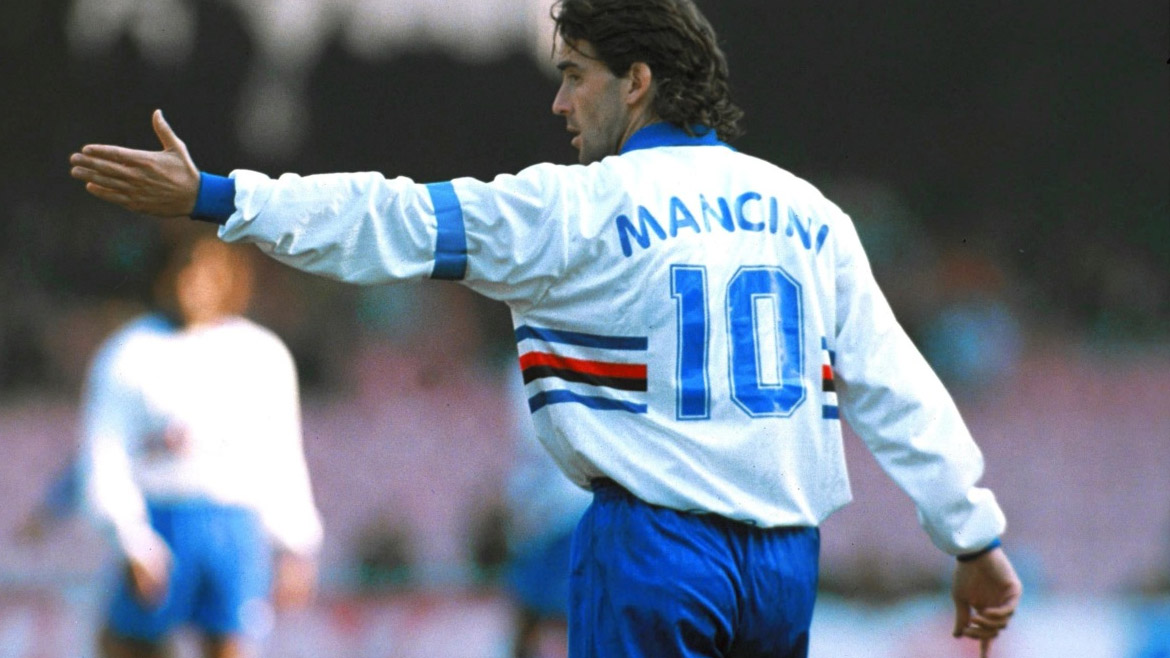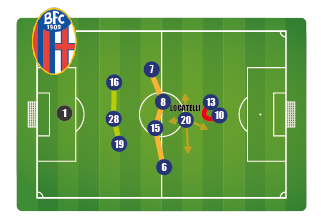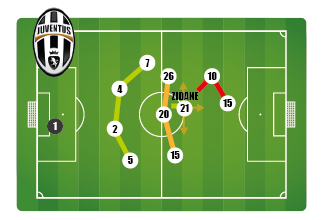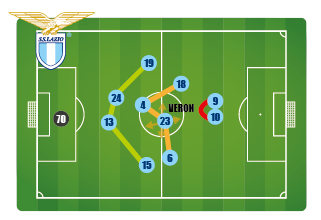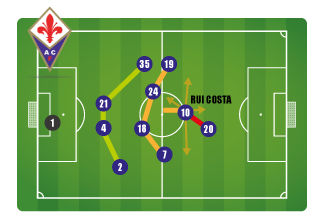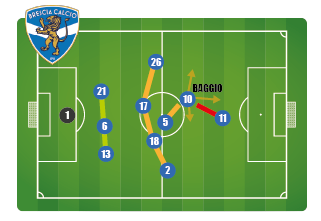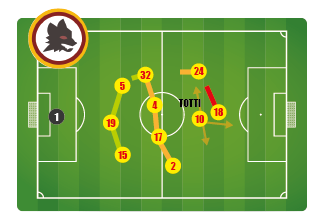The magic of the number 10 comes from the trequartista's feet, the player of inventiveness, the one who is capable of wrong-footing “everyone with a piece of skill perhaps he is not even fully aware of.”
Roberto Mancini's 2000/01 Master's Thesis for the professional coach certification has been devoted to the role of the trequartista (in English the playmaker in central attacking midfield).
THE TREQUARTISTA
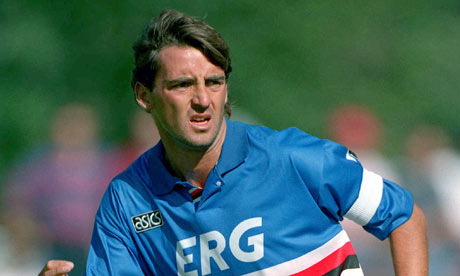
WHO IS THE TREQUARTISTA IN A TEAM'S LINE-UP?
From the point of view of “football culture”:
The trequartista is a player with great technical skills and specific characteristics:
- sublime unmarking qualities;
- great basic technical skills and good applied technique quality;
- unpredictability;
- ability to serve the strikers with ease in various ways;
- predisposition to dribble and individual play;
- poor attitude to the defensive phase.
From the point of view of the “position on the field”:
The trequartista is a player who places himself in the central zone between the defensive midfielders and the strikers' lines.
HISTORICAL NOTES
![]()
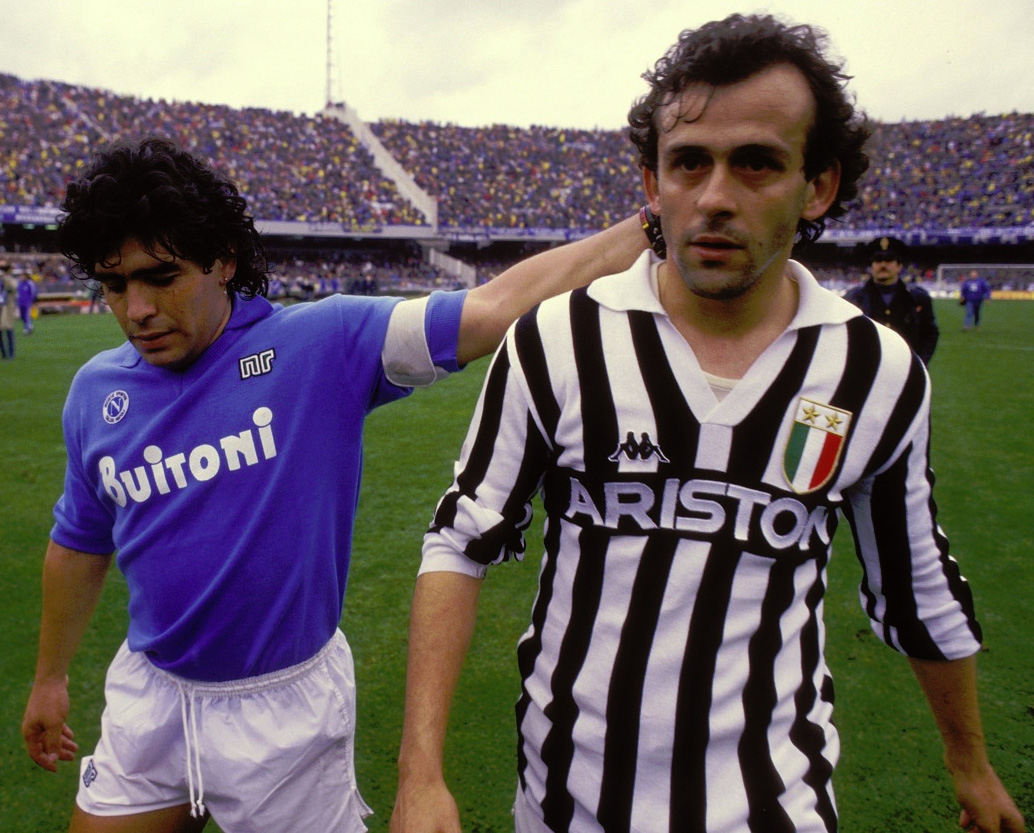 Zico, Platini and Maradona are the best expressions that football has proposed in that role over the past 20-25 years. In the 90s the role fell into a crisis: coaches often sacrificed the historical figure of the "number 10" because of the need to preserve the balance of the team. It is hard to understand if such a choice - which led to a few years of speculative and muscular football - was dictated by theoretical reasons or by the lack of "talented players."
Zico, Platini and Maradona are the best expressions that football has proposed in that role over the past 20-25 years. In the 90s the role fell into a crisis: coaches often sacrificed the historical figure of the "number 10" because of the need to preserve the balance of the team. It is hard to understand if such a choice - which led to a few years of speculative and muscular football - was dictated by theoretical reasons or by the lack of "talented players."
In recent years there has been a resurgence: today many teams are "built" right around the trequartista (e.g., Brescia and Juventus).
However, the role has undergone a strong evolutionary process: Zidane, Rivaldo, Rui Costa and others - i.e. the best ones in the "new role" - are very different players than their counterparts of the past; that is to say, they combine undisputed technical qualities with good physical skills that allow them to participate more actively in the ball recovery phase.
The different physical constitution of the "new trequartistas" allows them to compensate for the reduction of space and time to "play the ball." Hence fantasistas have also had to adapt to a more athletic football where the "technique" is no longer enough to emerge at certain levels if not supported by good physical and characterial qualities. For all these reasons, it is increasingly difficult for the trequartista to "make a difference" as it used to happened in football in the past. At least this explains the choice to give up on the trequartista, especially by mid-low table teams. However, they can still give something more with their personal characteristics. For all these reasons, today it is easier for teams to support – rather than bear - the modern "number 10."
OBSERVATION OF THE TREQUARTISTA
A statistical definition of the role
Trying to define in a more objective way if a player does belong to the role of trequartista or not, it is possible to use the statistical survey that associates to each player one of the eight roles - goalkeeper, fullback, centre-back, central midfielder, wide midfielder, central attacking midfielder or trequartista, supporting striker, pure striker - designed to identify the position and therefore give a meaningful assessment. This research uses the density of game, which is based on the position the player holds when he comes into possession during the match and the time of possession for every ball played. In every match you can assign to every player his real role. Therefore, at the end of the season we can calculate an average density using all the information obtained during the term. In this way it is possible to assign a role to every player. In accordance with this model there are only 11 players in the current Italian league who fit into the category of trequartista (considering those who have played for at least one-third of the available minutes):
| Player | Team |
|---|---|
| Locatelli Thomas | Bologna |
| Baggio Roberto | Brescia |
| Pirlo Andrea | Brescia |
| Rui Costa Manuel | Fiorentina |
| Seedorf Clarence | Inter |
| Zidane Zinedine | Juventus |
| Veron Juan Sebastian | Lazio |
| Micoud Johan | Parma |
| Zauli Lamberto Francesco | Reggina |
| Fiore Stefano | Udinese |
| Zauli Lamberto | Vicenza |
Which system is the trequartista included in?
The presence of a trequartista does not necessarily impose a certain system, because teams change their tactics very often during the game or the season and because the role of the trequartista can have very different aspects.
However, most of the teams playing with a "central attacking midfielder" are lined up in a 3-4-1-2 (e.g., Bologna, Parma, Inter or Vicenza). Other teams - such as Juventus and Fiorentina – use the 4-3-1-2 which requires fullbacks very good at pushing forward and three midfielders more dynamic and inclined to interception.
Then there are teams fielded in a traditional 4-4-2 where there is a player with more freedom to move and support the offensive department (Veron at Lazio).
Otherwise, the trequartista can also play in systems set out with a lone striker (Fiorentina, Lazio and Brescia).
As we have already said, there are potential trequartistas who find space in the offensive department to take advantage of their skills close to the opponents' area and also not to weigh on the team for their poor attitude to interception: it is the case of Recoba at Inter, Leonardo in the three-man attack at Milan and Morfeo at Atalanta.
After all, Roma's situation with Totti is also clear since he has played more as second striker than trequartista and with the hypothetical supporting striker (Delvecchio) often more backward on the left wing.
Beyond personal characteristics and the inclusion in various systems, the trequartista is an artist who knows how and where to unmark himself depending on where ball, team-mates and opponents are and move. In other words, he has a 360-degree vision and when he comes into possession he can create something new. We will see how he moves and what his characteristics are both in offensive and non-possession phases.
WHAT DOES THE TREQUARTISTA DO ON THE FIELD?
As previously mentioned, within the group of trequartistas there are players with quite different characteristics. Our general considerations from now on will necessarily have to take it into account.
- Prev
- Next >>
